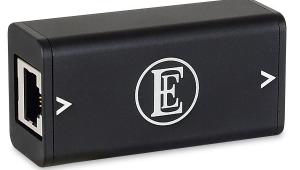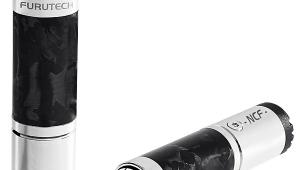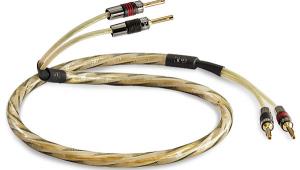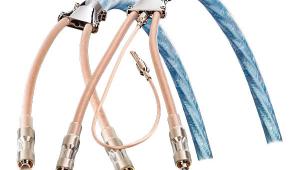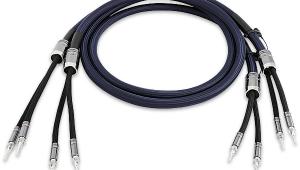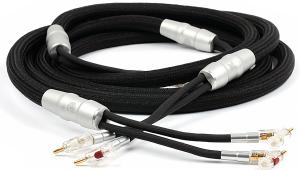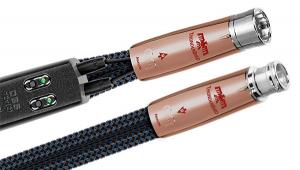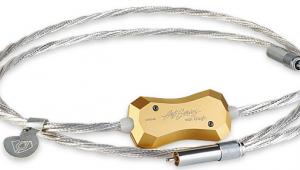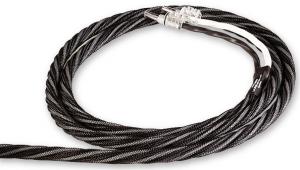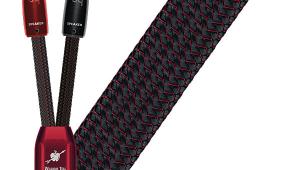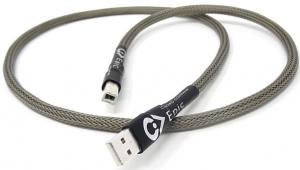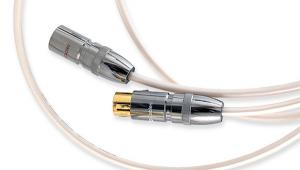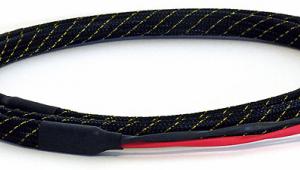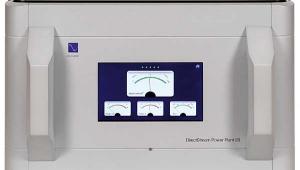Ferrum Hypsos Programmable DC PSU

 A novel technical exercise looking for a solution or an innovation that's in the vanguard of an entirely new breed of hi-fi accessory? We test the sophisticated Hypsos DC supply
A novel technical exercise looking for a solution or an innovation that's in the vanguard of an entirely new breed of hi-fi accessory? We test the sophisticated Hypsos DC supply
Of all the true 'hi-fi accessories' power filters, conditioners and regenerators are arguably the most popular. (I do not count cables in this category because they are 'necessories' and your system will not function without them.) Cleaning-up your AC mains power has long proven its benefits, but what of the low voltage DC supplies – the so-called 'wall-warts' – that come packaged with so many of today's small form-factor DACs, headphone amps, phono stages and even turntables? Many of these are relatively unsophisticated switchmode blocks with basic rectification and regulation, and are sources of RF and other noise in their own right. Replacing these with a robust, fixed-voltage linear PSU makes sense, as brands like Sbooster have already demonstrated to good effect.
Ferrum, built by HEM, an established design and manufacturing outfit based in Poland, is going one step further with its Hypsos – a very flexible user-configurable DC PSU that operates over a 5V-30V range and includes pre-loaded (voltage) values for over 100 existing DC-powered products.
Housed in a robust black alloy case with 'rust' coloured ornamentation and illuminated logo, the Hypsos combines a substantial toroidal transformer feeding a microprocessor-governed switchmode supply with, in turn, fully discrete regulation.
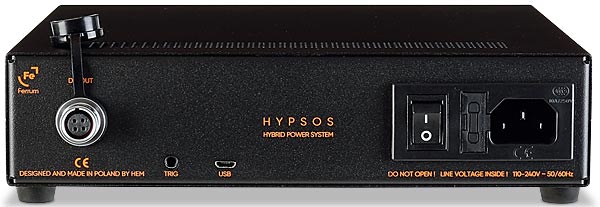
Features Galore
The switchmode supply operates at around 1MHz so Ferrum uses spread spectrum modulation (SSM) to 'smear' the switching frequency and any associated EMI/RF. Residual noise is now that much easier for the regulators to deal with – it's possible to defeat the SSM via the Hypsos's detailed but intuitive set-up menu, but I cannot see any good reason for doing so.
Another defeatable feature is its '4T sensing' or four-wire connection that extends the regulation of its DC supply to the very tip of the supplied 2.1mm and 2.5mm-jack umbilicals rather than the output socket of the Hypsos. Again, leave this switched on unless you are daisy-chaining the Hypsos to feed multiple products, for example.
Some wall-warts, specified up to a high 5A, have scrawny flying leads and can suffer a voltage drop under load – not so with the Ferrum Hypsos which is rated up to 6A continuous (or 80W, whichever occurs first) before protecting its output.
At the time of writing, the Hypsos' flash memory hosts the details of over 100 DC-powered products. You simply scroll through the menu listing and select your product, and if it's not included you can read the DC voltage off the back of your product's wall-wart and manually enter the value, again, via the menu. There's also a fine 'sweet spot' tuning of ±5%...
All of which brings me to the elephant in the listening room – for though the Hypsos protects its own output against over-voltage/over-current it cannot accommodate every possible 'user error'. You're given a ten second countdown before any new DC voltage is enabled, but if you cook your favourite compact hi-fi then know that you're also kissing its guarantee goodbye.
![]() Distilled DC
Distilled DC
Suitably cautioned, then how to 'review' Ferrum's Hypsos? Certainly not on the basis of one or two subjective experiences. I pressed the Hypsos into service for a couple of months, testing [see Lab Report] and briefly auditioning over 15 different 5V-18V DC-powered products in the quest for a universal verdict. If only it were that simple!
Feeding a series of new and legacy USB, S/PDIF and network-attached DACs from iFi Audio, Arcam, Pro-Ject, Mytek and Chord among others revealed, to a greater or lesser extent, an improvement in the general smoothness, liquidity and 'easiness' of the sound with, again, a more consistent uplift with SSM engaged. Backgrounds were just that bit darker, the atmospheric piano-noodling of Don Gruisin's Out Of Thin Air [Octave Records OCT 0001; DSD64] betraying the suggestion of extra depth.
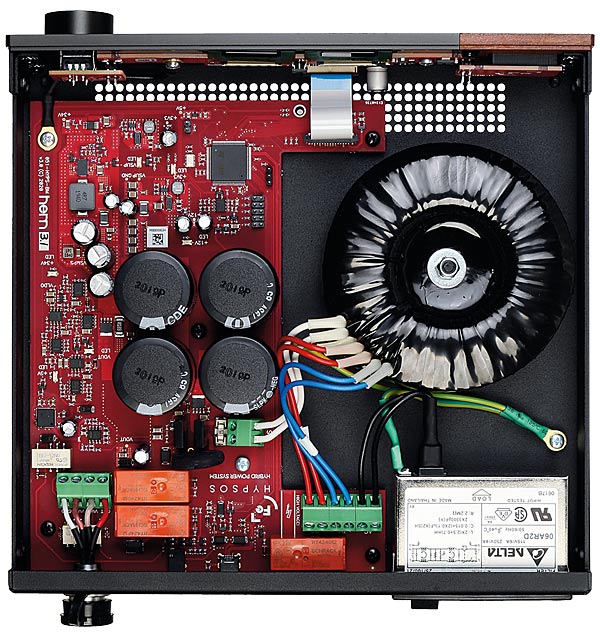
Pro-Ject's Stream Box S2 Ultra [HFN Oct '18] network player, also benefited from the Hypsos's touch, the sound – almost regardless of the attached DAC – enjoying a reduction in low-level grain. Defeating SSM will likely increase levels of circulating RFI and this, in turn, might be interpreted as extra 'edge' or detail. Of course, the absence of measured change merely indicates I was missing the target with my choice of tests!
Getting Ahead
Not so with iFi Audio's ZEN DAC headphone amp [HFN Jul '19] or Arcam's purely analogue rHead [HFN Nov '16], auditioned with cans ranging from Oppo's PM-3 [HFN Jul '15] to B&W's P9 Signature [HFN Mar '17].
Here I'd hit upon measurable differences that may, arguably, correlate with the added tonal richness and authority heard at modest playback levels. So The Dark Knight – the opening suite from Hans Zimmer's Symphonic Celebration [Sony Classical 1907589 90521; 48kHz/24-bit] – now thundered all the more convincingly with the Hypsos 'conducting', illuminating the ambience of the Vienna Konzerthaus to rousing effect.
Hi-Fi News Verdict
Compact hi-fi separates powered via plug-top 'wall-warts' typically – though not exclusively – fall into our 'Budget Esoterica' category, so the attraction of a circa-£1000 supply upgrade might seem largely... academic. If, by contrast, you are absolutely wedded to your choice of small form-factor headphone amp, DAC, phono pre, etc, then the subjective impact of Ferrum's Hypsos absolutely should not be discounted.
